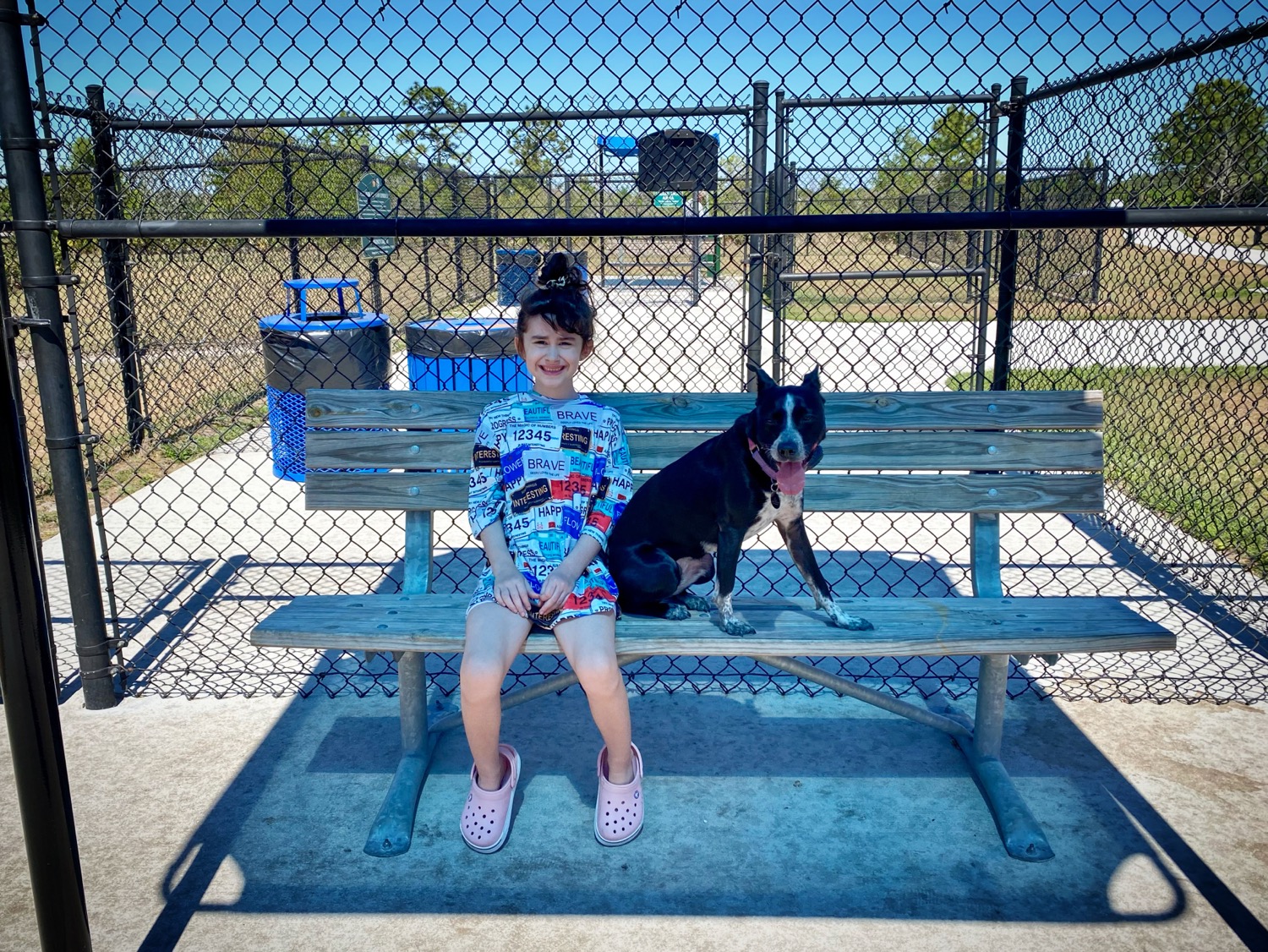Decoding Canine Communication: Understanding and Respecting Dog Cues
- Jason Parks
- Oct 16, 2023
- 3 min read
Dogs, despite their inability to speak human languages, are communicative creatures. They "talk" through their body language, vocalizations, and even subtle cues. For dog owners, understanding this language is crucial. It strengthens the bond between human and pet, ensures safety, and enhances training efforts.
1. The Vocabulary of Tail Wagging
The tail is a primary communication tool for dogs. However, its language isn't just as simple as 'wagging means happy.'
Elevated Tail: Confidence or excitement. If it's wagging quickly, it might denote happiness. A stiffly raised tail can be a sign of alertness or potential aggression.
Lowered Tail: Indicates submission, uncertainty, or potential fear. A tail tucked between the legs often denotes fear or anxiety.
Broad Wag: Typically a friendly gesture, showing that the dog is relaxed and content.
Twitchy or Slow Wag: Can be a sign of insecurity or a warning that the dog is feeling challenged.
2. Ear-ful of Information Ears provide valuable insights into a dog's feelings and intentions:
Ears Forward: Interest or alertness. If paired with other aggressive cues, it can indicate an imminent threat.
Ears Back: Can be a sign of fear, submission, or even friendliness, depending on the context.
Ears Erect: Indicate the dog is attentive and actively gathering information about their surroundings.
3. The Eyes Have It A dog's eyes can communicate volumes:
Direct Stare: In the dog world, direct eye contact can be a challenge or threat. However, trained dogs might maintain eye contact with their owners as a sign of focus or seeking direction.
Averted Gaze: Submission or avoidance. The dog doesn't want confrontation.
Whale Eye (whites of the eyes are visible): Indicates stress or nervousness.
• Soft Gaze: A relaxed and comfortable state, often seen when the dog is around trusted individuals.
4. Vocal Communications
Beyond barking, dogs use a variety of sounds:
Growling: A warning. It's crucial not to punish a dog for growling, as it's their way of signaling discomfort before potentially escalating to biting.
Whining: Indicates frustration, pain, or a desire for attention.
Yipping or High-Pitched Bark: Often a sign of surprise or sudden pain.
Deep, Prolonged Bark: Could denote a threat or a territorial warning.
5. Posture and Movements The overall posture of a dog can be a clear indication of their current state:
Relaxed Posture: Indicates contentment and ease. The dog's weight will be balanced, mouth slightly open, and they might wag their tail gently.
Alert Posture: The dog stands stiffly, with ears forward, tail up, and eyes focused. They're gauging a situation.
Aggressive Posture: Warning signs include raised hackles, bared teeth, and a stiff- legged stance.
Submissive Posture: A dog might roll onto their back, exposing their belly, or avoid direct eye contact. They're trying to defuse a situation or show respect.
6. Miscellaneous Cues
Yawning: While it can indicate tiredness, dogs also yawn when stressed.
Licking Lips: Can signal nervousness or anticipation, especially if there's no food around.
Raised Hackles: The hair along a dog's spine standing up is a sign of arousal, which could be due to excitement, fear, or threat.
7. The Importance of Context While individual cues provide insights, it's essential to look at the overall context. For instance, a wagging tail on a dog with relaxed posture and soft eyes is very different from a wagging tail on a dog with raised hackles and bared teeth.
8. Why Understanding Dog Cues Matters • Safety: Recognizing warning signs can prevent potential bites or aggressive confrontations.
Enhanced Training: By understanding how a dog feels, trainers can adjust their methods to suit the dog's mood and comfort level.
Building Trust: Responding appropriately to a dog's cues establishes trust, making them more willing to cooperate and learn.
Conclusion Dogs might not speak, but they certainly communicate. For dog owners, understanding this rich tapestry of cues and body language is invaluable. It not only promotes a deeper bond between owner and pet but also ensures that the dog's needs, feelings, and warnings are acknowledged and respected. For those seeking training assistance, turning to a knowledgeable dog training business can provide further insights into the nuanced world of canine communication.




Comments